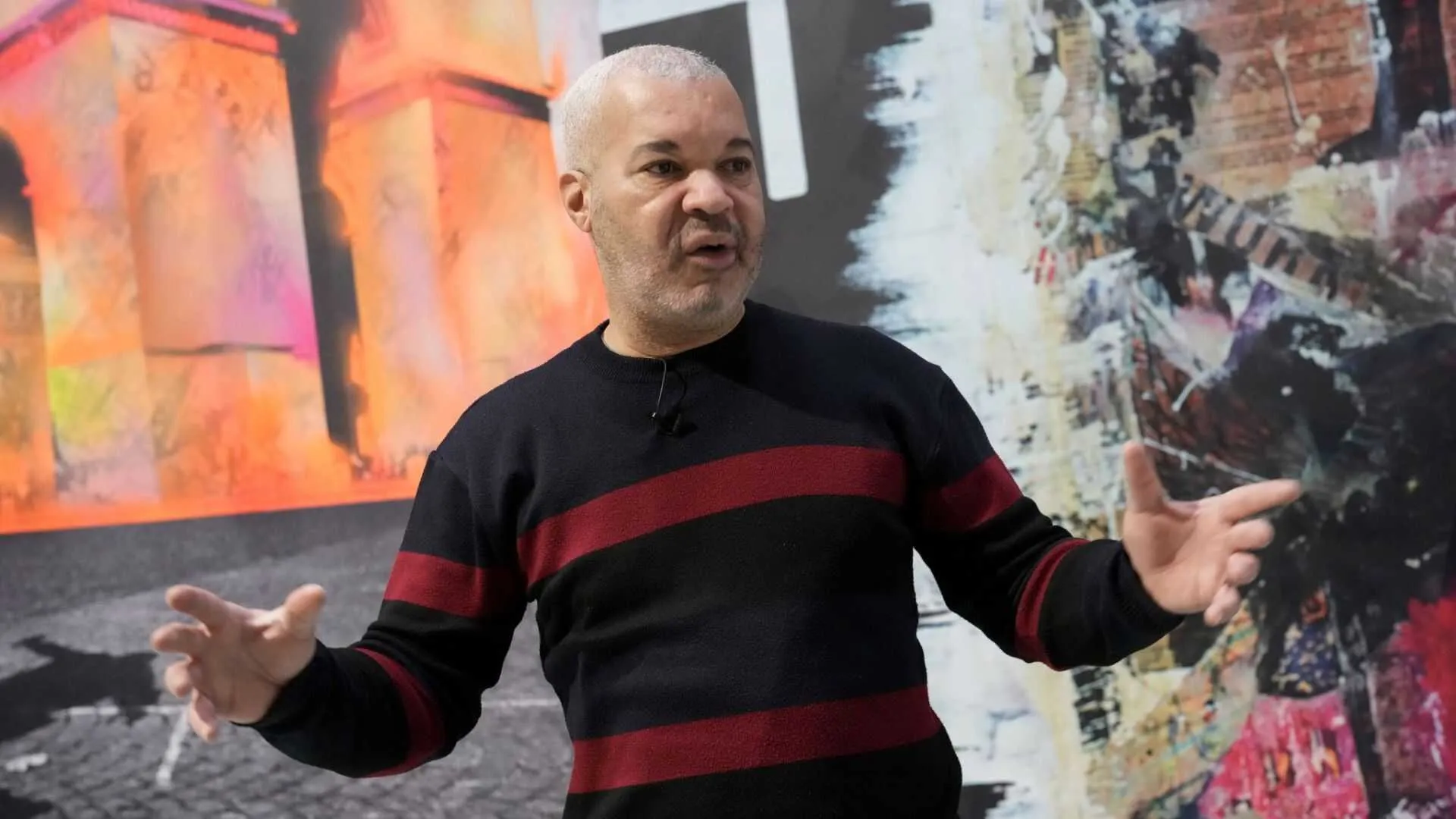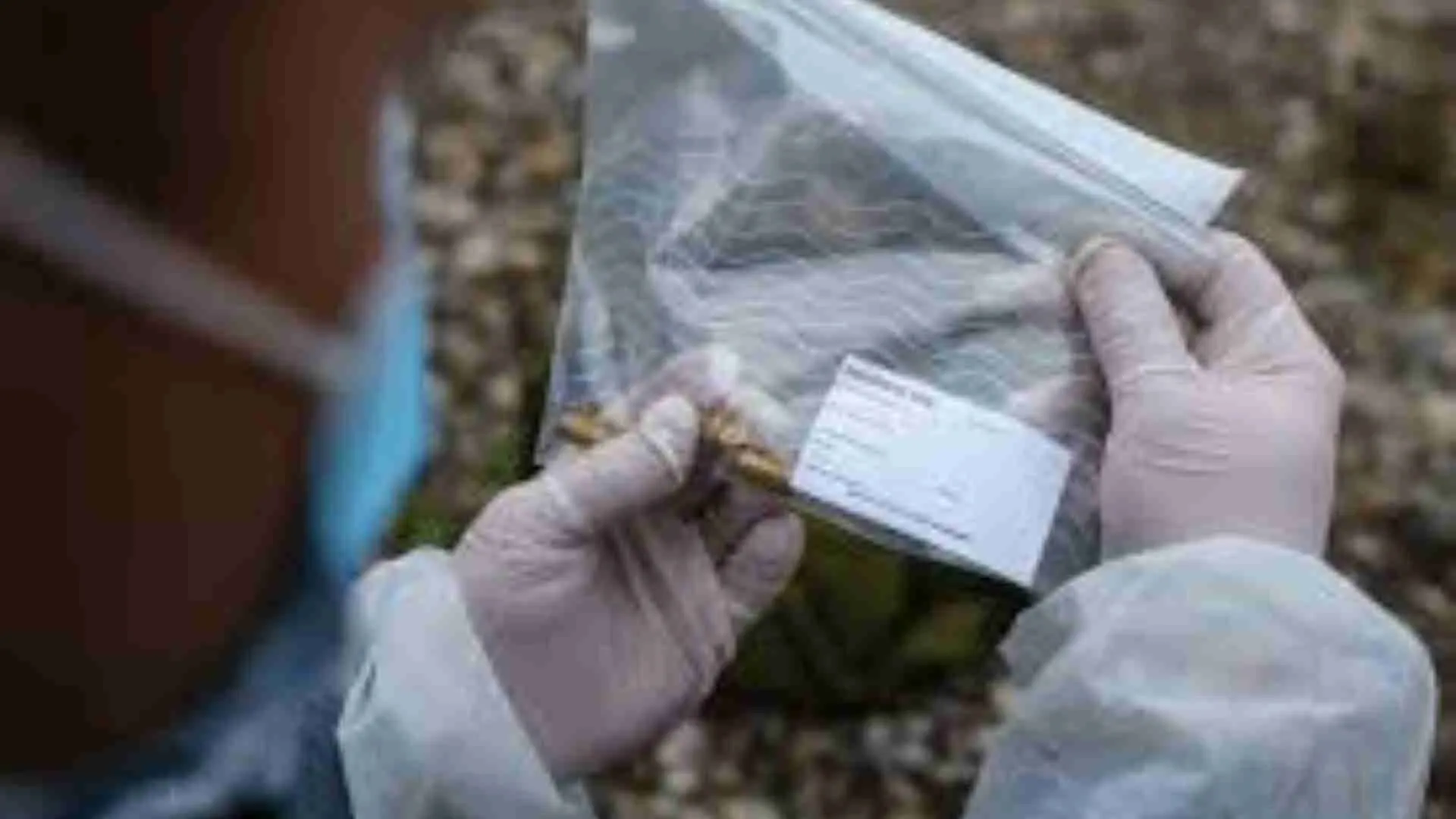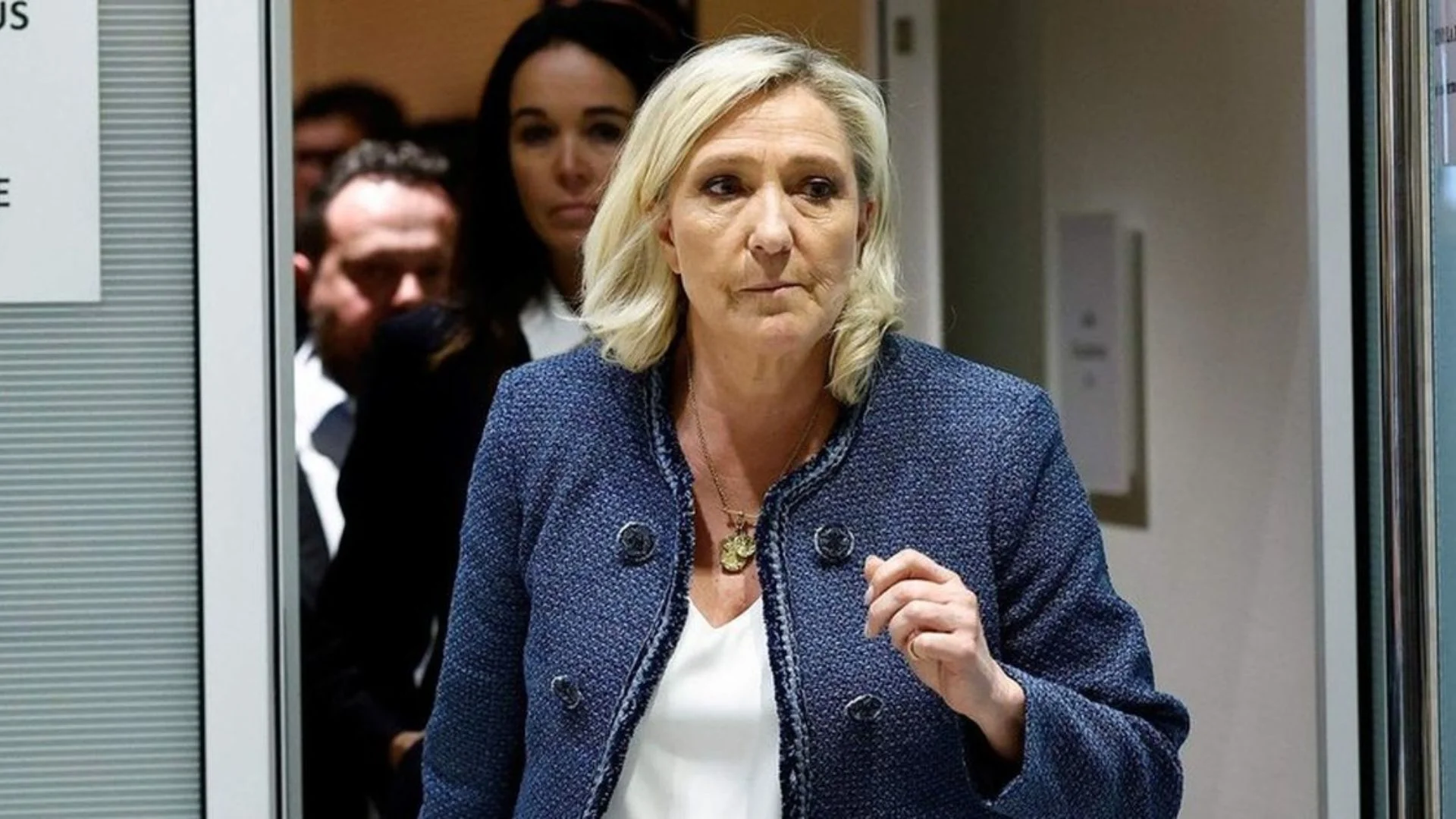Renowned French street artist Shuck One is celebrating the contributions of Black figures who have shaped France’s modern history, both on the mainland and in its overseas territories. His latest art installation is being created for the upcoming Black Paris exhibition at the Pompidou Center, set to open next month.
Coming from Guadeloupe, one of the overseas departments of France in the Caribbean, Shuck One is a visual and graffiti artist whose activities are firmly established in activism. He is part of five modern artists providing specific insights to Black Paris, a project examining the existence and influence of Black artists in France during the 1950s through 2000.
The Pompidou Center, one of the world’s greatest modern art museums, will present works by 150 African-descended artists from Africa and the Americas, many of whom have never been seen in France.
A Tribute to Black Pioneers
“I wanted to evoke the memory of the Black individuals who established the ‘Black Paris’ and who, in some sense, were pioneers ahead of us in art, intellect and other areas,” Shuck One said to The Associated Press. “It’s a way of me paying them tribute.”
His massive installation, Regeneration, is four meters high and ten meters long. It marks important events in Black history with a mix of paintings, maps of Paris, archival documents, and photographs.
One of the centers of interest of the work is the Tirailleurs Sénégalais, the colonial army corps that fought for France during both World Wars. Another significant aspect is the May 1967 riots in Guadeloupe, which resulted in dozens killed in violent riots, although there is still much debate among historians as to the exact number. The installation also alludes to the BUMIDOM program, a French government initiative between 1963 and 1981 that allowed the migration of 170,000 people from overseas territories to metropolitan France. Historians now consider the program a post-colonial oppression and systemic discrimination reflex.
Honoring Black Leaders
Besides these events, Regeneration also contains portraits of influential Black individuals, ranging from writers and activists to politicians and civil rights leaders.
Among them are the U.S.-born entertainer and activist Joséphine Baker; Aimé Césaire, poet and originator of the Négritude movement; and American political activist Angela Davis. The installation also features lesser-known figures, including writer and activist Paulette Nardal; Eugénie Eboué, who was the first Black woman to be elected to France’s National Assembly; Gerty Archimède, the second Black woman to serve in that same role; and renowned Guadeloupean novelist Maryse Condé.
Protecting History
“The broad message of the exhibition is … to bring to life these neglected characters, yet also a generation thing, how to leave behind their history,” Shuck One stated while surveying a intricately constructed collage of photographs and historical documents at the exhibition.
“It’s also a matter of making people realize what activism is all about—well good to discuss the community, but also to be aware of its past,” he went on.
Black Paris, the exhibition, will open from March 19 until June 30 and is one of the last exhibitions at the Pompidou Center before the museum closes for five years of renovation.










